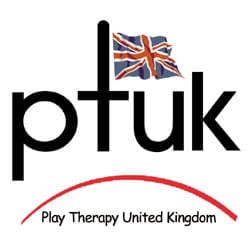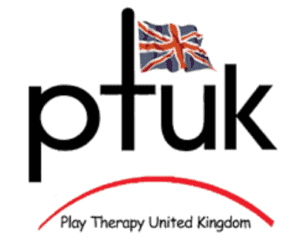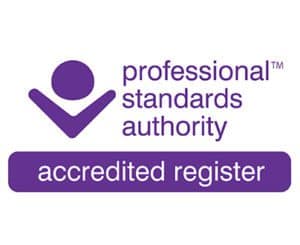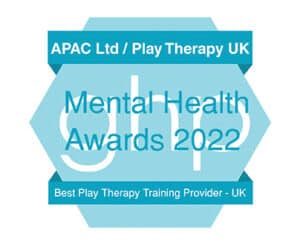This study evaluates the effect of a six session programme of Equine Assisted Psychotherapy (EAP) involving a twelve year old (chronological age) female client who presented with complex emotional difficulties consisting of difficulty forming peer relationships, anxiety, loss, suicidal thoughts, self-harm, low self-esteem and low confidence. In order to understand her thoughts on her experience semi structured interviews took place. This study aims to explore the specific benefits of EAP as an alternative to other therapies such as play therapy or counselling. The study used a mixed methods approach using semi structured interviews with the client and horse professional, the Strengths and Difficulties Questionnaire (SDQ) (Appendix1) and reflective experiences of the researcher. The results indicated a positive outcome for the client as shown by the use of the SDQ completed before and after the therapy (two years later) to show how successful the work had been. Further indications of positive outcomes were suggested in the client’s and horse professional’s responses in the interview.
The case study is from a unique perspective in that it involves the therapist, the horse professional and the client in a lived experience. The study explores the experience of all three participants from a phenomenological perspective and to identify the changes, if any, that occurred in the child’s general well-being. I wanted to discover what the experience achieved for the client and record this. Also addressed is the main issue of a reduction in the presenting issue of anxiety and loss. It did help her other difficulties indirectly as shown in the various sections of the SDQ results.
The study looks at the difference of using EAP in contrast to conventional talk based therapies and considers the need for a wide range and varied set of interventions used with children and young people.
Policies
- Ethical Framework
- PTUK – Equality and Diversity Policy
- Unacceptable Behaviour Policy
- Use of Competencies by Practitioners
- Play Therapy Privacy Policy
- PTUK Safeguarding Policy
- PTUK Complaints & Concerns Procedure
- PTUK Harassment & Anti-Bullying Policy
- PTUK Recruitment Policy
- PTUK Whistleblowing policy
© 2024 Play Therapy UK.





